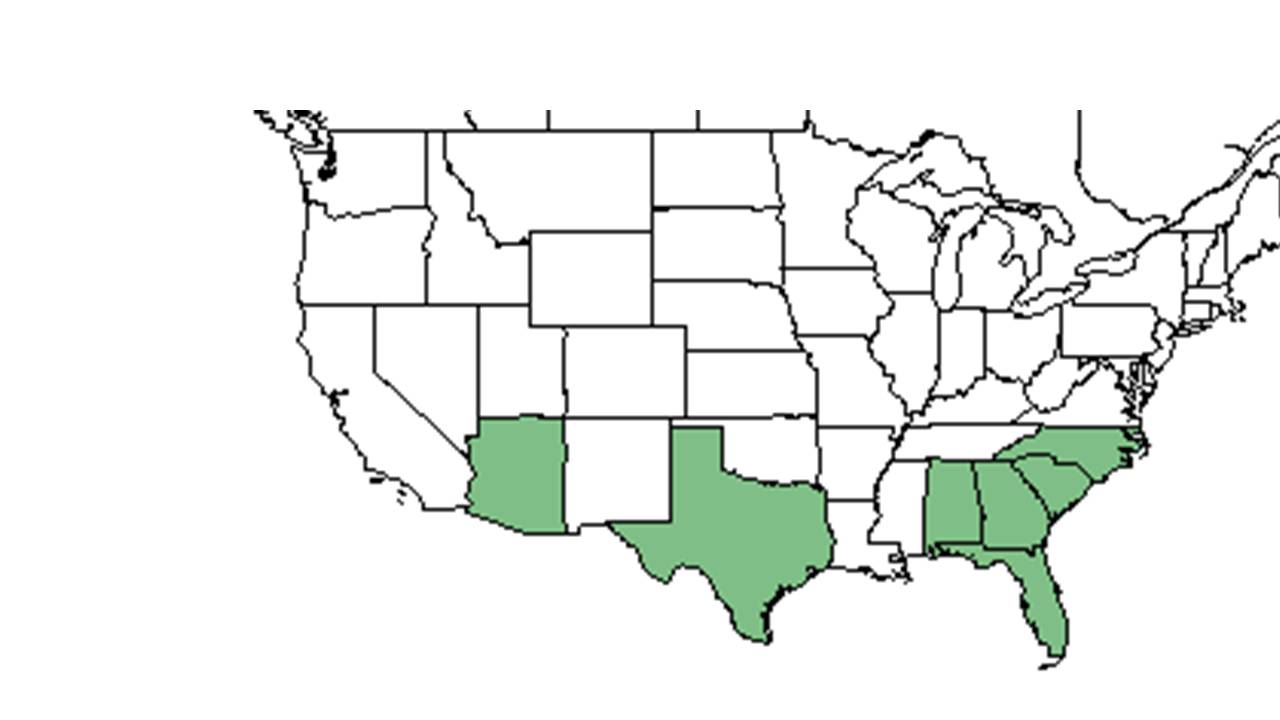Difference between revisions of "Heteropogon melanocarpus"
(→Description) |
|||
| Line 19: | Line 19: | ||
==Description== | ==Description== | ||
<!-- Basic life history facts such as annual/perrenial, monoecious/dioecious, root morphology, seed type, etc. --> | <!-- Basic life history facts such as annual/perrenial, monoecious/dioecious, root morphology, seed type, etc. --> | ||
| + | Common Name: Heteropogon melanocarpus | ||
| + | |||
==Distribution== | ==Distribution== | ||
==Ecology== | ==Ecology== | ||
Revision as of 18:53, 2 July 2015
| Heteropogon melanocarpus | |
|---|---|

| |
| Scientific classification | |
| Kingdom: | Plantae |
| Division: | Magnoliophyta - Flowering plants |
| Class: | Liliopsida – Monocotyledons |
| Order: | Cyperales |
| Family: | Poaceae ⁄ Gramineae |
| Genus: | Heteropogon |
| Species: | H. melanocarpus |
| Binomial name | |
| Heteropogon melanocarpus (Elliott) Elliott ex Benth. | |

| |
| Natural range of Heteropogon melanocarpus from USDA NRCS Plants Database. | |
Contents
Description
Common Name: Heteropogon melanocarpus
Distribution
Ecology
Habitat
The soils where H. melanocarpus was encountered during the study are fine sandy loams that are poorly drained with slow surface runoff and medium to very slow permeability.[1]
Phenology
Seed dispersal
Seed bank and germination
Fire ecology
It was found only in plots receiving periodic winter burning in Lewis and Harshbarger's experiment.[1]